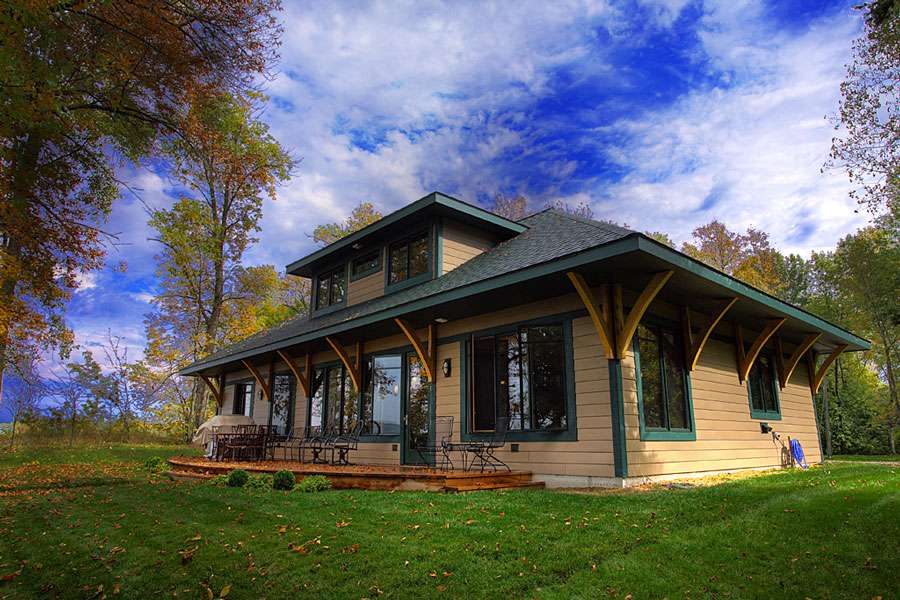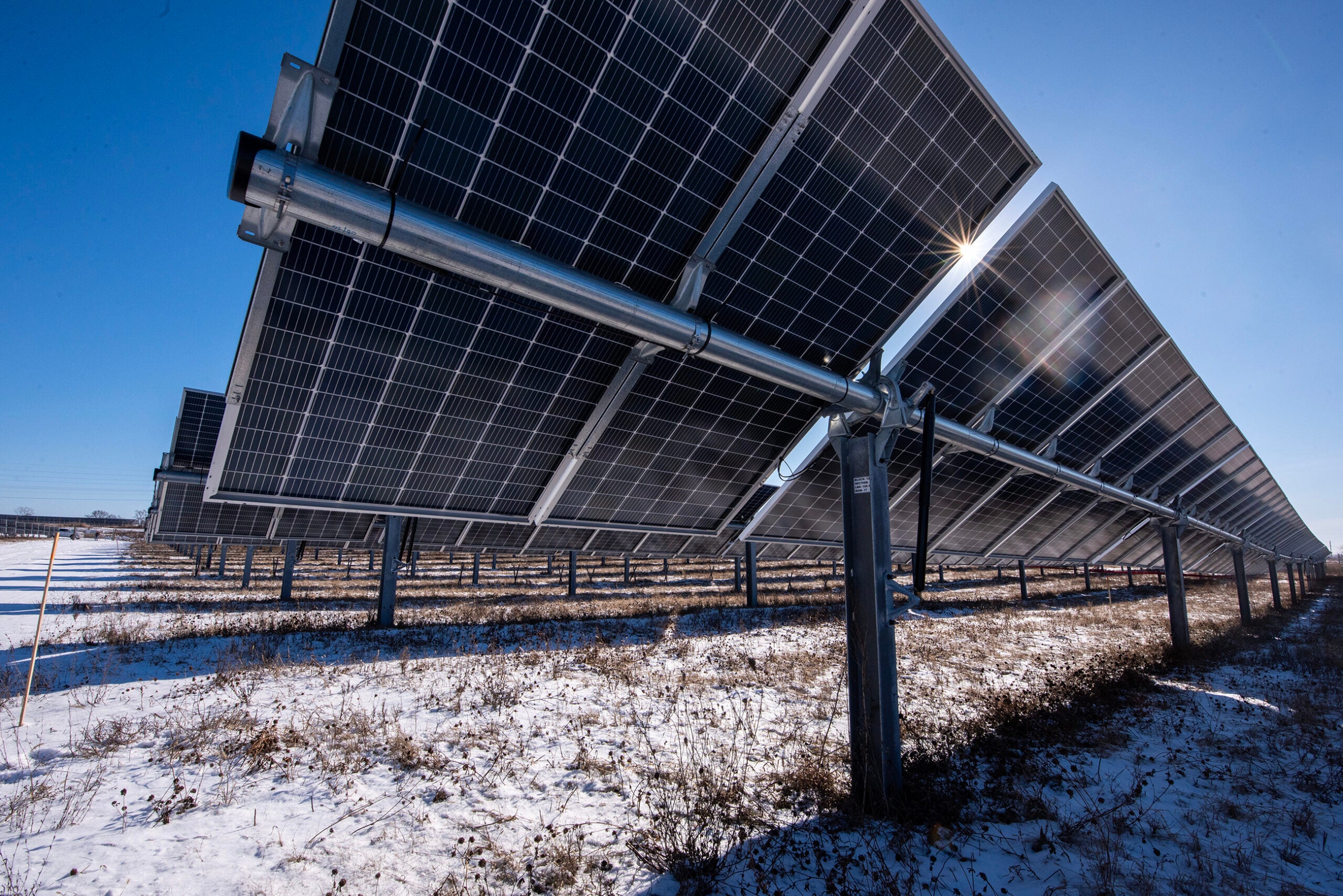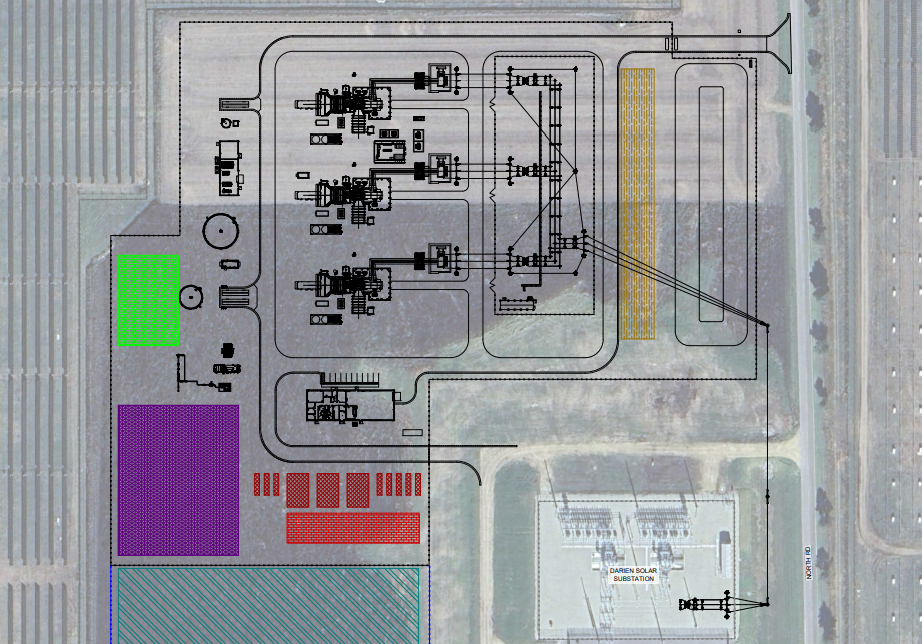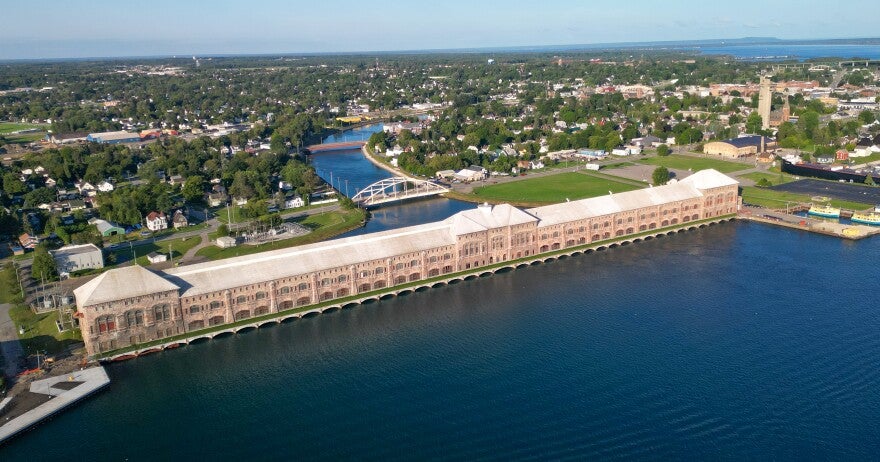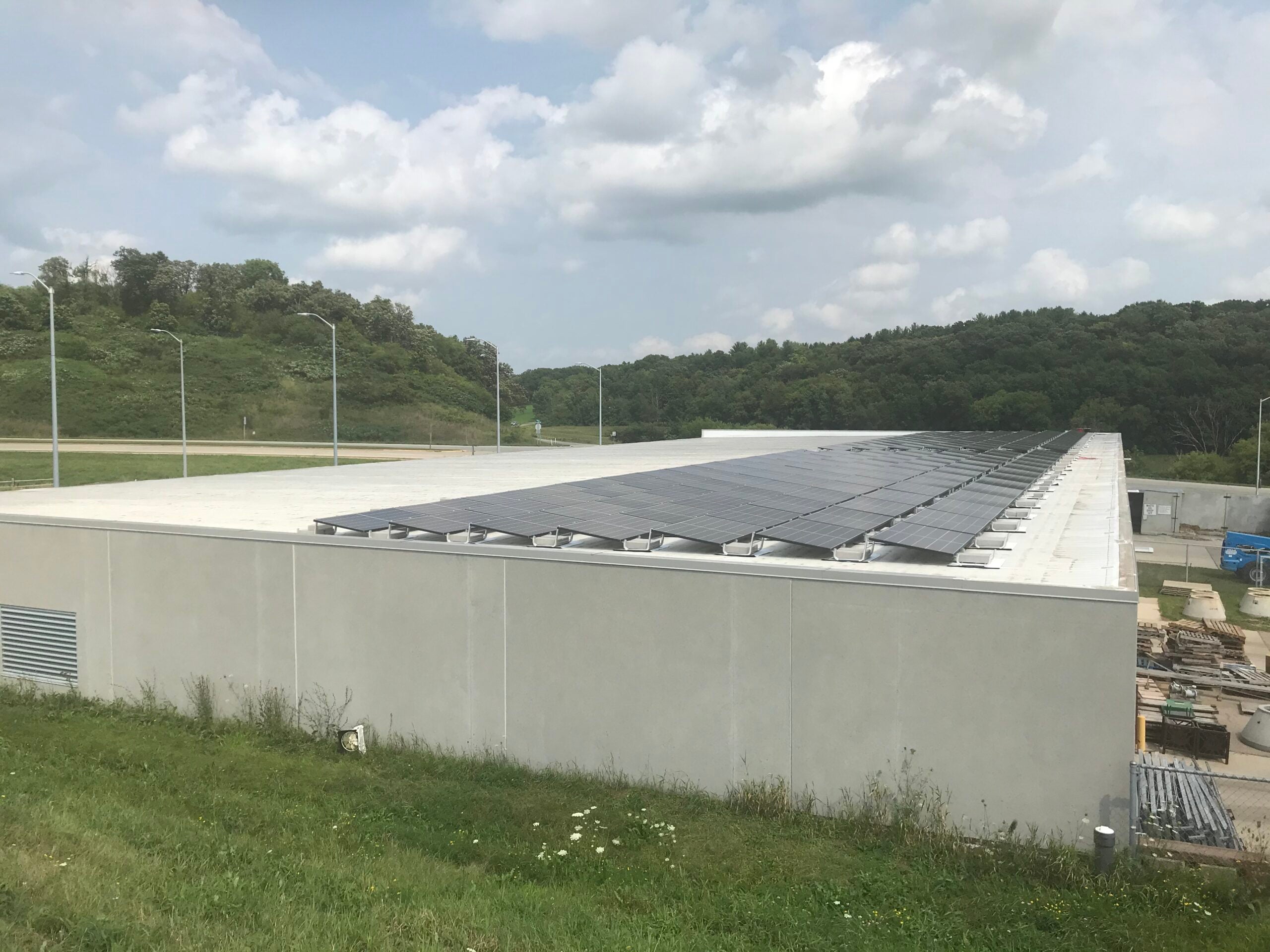Where do you spend the majority of your time? For most of us, the answer is likely our homes.
And how we build and design them can set the tone for our lives, said Virge Temme, an architect who specializes in sustainable design.
“Our attitudes, our health, the way we relate to nature — designing a home in such a way that it makes you feel calm, that interacts with your desired activities, that it interacts with nature, really elevates the human spirit,” she said.
News with a little more humanity
WPR’s “Wisconsin Today” newsletter keeps you connected to the state you love without feeling overwhelmed. No paywall. No agenda. No corporate filter.
Not only can a sustainably built home be good for your health and the environment, it can also save you money over time. The U.S. Department of Energy estimates making energy efficiency improvements could save you anywhere from 5 to 30 percent on your annual utitlity bill.
Yet when building a sustainable home, there’s a lot to consider, and the first few steps can be daunting.
What materials are best? How do you install them properly? How can I build a home that is both energy efficient and cost-effective?
“The biggest question I hear is that people really don’t know how to even start thinking about this,” Temme said.
“Some people think if they tear down their existing house and put a great big huge new house with a whole bunch of solar panels on the roof, that’s a green house,” she continued. “Not necessarily, in fact that might be contrary to a sustainable way of approaching home design.”
So where do you begin? Temme shared five steps to consider when building a sustainable home.
1. Choose a lot close to existing infrastructure.
Reducing your carbon footprint should guide most of your decisions, she said. Think about how close you will be to grocery stores, school, work — essentially places you regularly visit. That will allow you to walk or bicycle to these places and reduce carbon emissions from your car.
2. Build as small as you can comfortably live.
Analyze the way you live in your home and see where you can duplicate activities or otherwise reduce space. This saves on material resources during the construction and can reduce heating and cooling costs.
“People are beginning to realize that big is not always best,” she said. “When we consciously reduce the amount of space that we’re living in, we can pack a lot more enjoyability and usefulness into our homes than if we just keep applying more and more square footage.”
3. Buy as locally as possible.
Educate yourself on where your construction and finishing materials come from and try to purchase most of your materials from within 500 miles of your home, Temme said.
4. Become smart about energy-efficient design.
Temme recommends either hiring a designer who is an expert in the field, or taking an in-depth class on the subject, such as WUFI-Passive, taught by Passive House Institute United States.
If you’re trying to update your current home to be energy-efficient, it’s still important to consult a specialist, Temme said. When energy retrofitting, people need to be especially careful about moisture within the house, it’s not just about slapping on a bunch of insulation, she said.
“It’s very, very important when you’re doing an energy retrofit to work with a specialist who really understands how to properly put together different wall, roof, flooring assemblies,” she said.
5. Build a healthy home.
Learn about how your construction materials are made and what’s in them, she said. The production and installation of these materials can affect not only you and the people who install them, but the factory workers producing them and people living downwind of these factories.
Wisconsin Public Radio, © Copyright 2025, Board of Regents of the University of Wisconsin System and Wisconsin Educational Communications Board.

